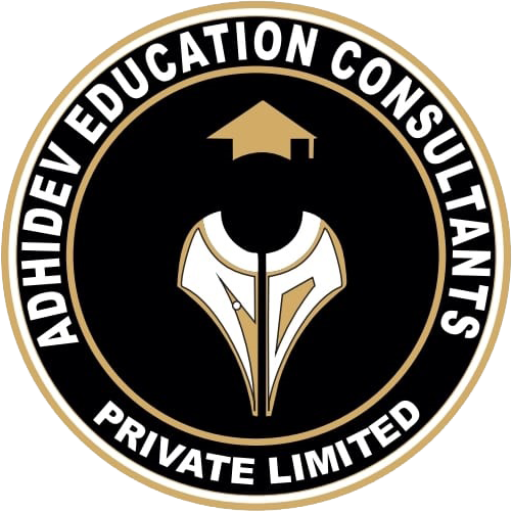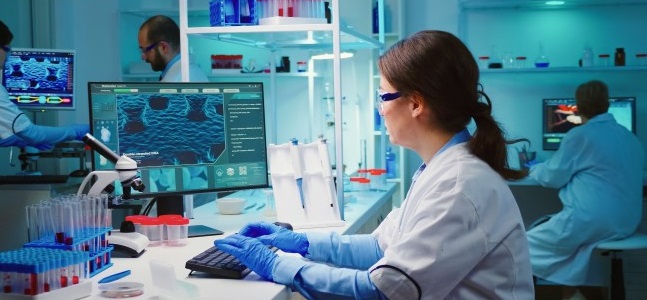The landscape of medical education in India is undergoing significant transformation, driven by advancements in technology, evolving healthcare needs, and a growing emphasis on competency-based training. While these changes present exciting opportunities, they also bring forth several challenges that must be addressed to ensure the effective training of future healthcare professionals. This blog explores the future challenges in Indian medical education and suggests strategies to overcome them.
Adapting to Technological Advancements
Technological advancements are reshaping medical education in profound ways. Innovations such as artificial intelligence (AI), virtual reality (VR), and telemedicine are becoming integral to training future healthcare professionals. These technologies offer opportunities for enhanced learning experiences, but they also pose challenges in terms of curriculum integration, faculty training, and resource allocation.
For instance, AI can assist in diagnosing diseases and personalizing treatment plans, which emphasizes the need for medical students to become proficient in using these technologies. Similarly, telemedicine has gained prominence, particularly during the COVID-19 pandemic, necessitating the incorporation of remote consultation skills into medical training. However, many medical institutions struggle to keep pace with these rapid technological changes, resulting in a potential skills gap among graduates.
To effectively integrate technology into medical education, institutions must adopt a proactive approach:
-
Curriculum Enhancement: Medical schools should revise their curricula to include comprehensive training on emerging technologies. This includes hands-on experience with telemedicine platforms, AI tools for diagnostics, and simulations using VR for clinical procedures. Schools like AIIMS Delhi and JIPMER have already begun implementing technology-focused modules, serving as models for other institutions.
-
Faculty Development Programs: To ensure that faculty members are equipped to teach these technologies, institutions must invest in continuous professional development. Training programs should focus on the latest technological advancements and how they can be applied in medical practice. Collaboration with tech companies and organizations can provide valuable insights and resources for faculty development.
-
Resource Allocation: Adequate funding and resources are essential for implementing technology in education. Institutions need to invest in infrastructure, such as simulation labs and telemedicine equipment, to create an environment conducive to learning.
Bridging the Gap Between Theory and Practice
One of the longstanding challenges in Indian medical education is the disconnect between theoretical knowledge and practical skills. While students excel in academic examinations, many lack the confidence and competence to apply their knowledge in real-world clinical settings. This gap can lead to difficulties in patient care and undermine the effectiveness of healthcare delivery.
The transition from classroom learning to clinical practice can be daunting for students. Many find themselves overwhelmed during internships or clinical rotations, where they are expected to make critical decisions under pressure. Without sufficient hands-on experience, students may struggle to integrate their theoretical understanding with practical applications.
Addressing this disconnect requires a multifaceted approach:
-
Early Clinical Exposure: Introducing clinical exposure early in the medical curriculum can help students develop practical skills alongside theoretical knowledge. Medical institutions should incorporate early clinical rotations and patient interactions during the first few years of training, allowing students to observe and practice under the guidance of experienced practitioners.
-
Simulation-Based Learning: Simulation-based training offers a safe environment for students to practice clinical skills. Utilizing high-fidelity mannequins and virtual simulations can help students gain confidence in procedures like intubation, suturing, and patient assessment. Institutions like Christian Medical College, Vellore, have successfully implemented simulation labs, providing valuable hands-on experience to students.
-
Mentorship Programs: Pairing students with experienced mentors during clinical rotations can facilitate a smoother transition from theory to practice. Mentorship programs encourage guidance, support, and feedback, helping students navigate the complexities of patient care and enhancing their learning experience.
Ensuring Quality and Standardization
As the number of medical colleges in India continues to rise, ensuring the quality of education and standardization of training becomes increasingly challenging. Inconsistencies in curriculum delivery, faculty qualifications, and assessment methods can lead to disparities in the competency of graduates. This is particularly concerning in a country where healthcare disparities exist, and the need for skilled healthcare professionals is critical.
The National Medical Commission (NMC) has implemented several initiatives to regulate and improve medical education, but challenges remain. Some institutions may not fully comply with the NMC’s guidelines, leading to variations in the quality of education.
To address the challenge of quality assurance, the following strategies can be implemented:
-
Accreditation and Regulation: Strengthening the accreditation process for medical colleges can ensure adherence to established standards. The NMC should conduct regular assessments and audits to evaluate institutions’ compliance with quality guidelines. Institutions that consistently meet or exceed standards should be recognized and rewarded, promoting a culture of excellence.
-
Continuous Quality Improvement (CQI) Programs: Implementing CQI programs can help medical colleges identify areas for improvement and enhance the overall quality of education. These programs should involve regular feedback from students, faculty, and clinical partners to assess the effectiveness of teaching methods and learning outcomes.
-
Interdisciplinary Collaboration: Encouraging collaboration between medical colleges, healthcare institutions, and industry partners can lead to improved training opportunities and resources. By working together, stakeholders can share best practices, resources, and expertise to enhance the quality of medical education.
Conclusion
The future of medical education in India is both promising and challenging. As the country strives to produce skilled healthcare professionals capable of addressing the complexities of modern medicine, it must confront issues related to technological integration, the theory-practice gap, and quality assurance. By adopting proactive strategies that include curriculum enhancement, early clinical exposure, faculty development, and quality improvement programs, medical institutions can prepare their students to meet the demands of an evolving healthcare landscape.
Ultimately, the goal is to create a robust medical education system that produces competent, compassionate healthcare professionals who are equipped to provide high-quality care to patients across India. By investing in the future of medical education, we can ensure that the next generation of doctors is prepared to navigate the challenges of the healthcare system and improve health outcomes for all.












